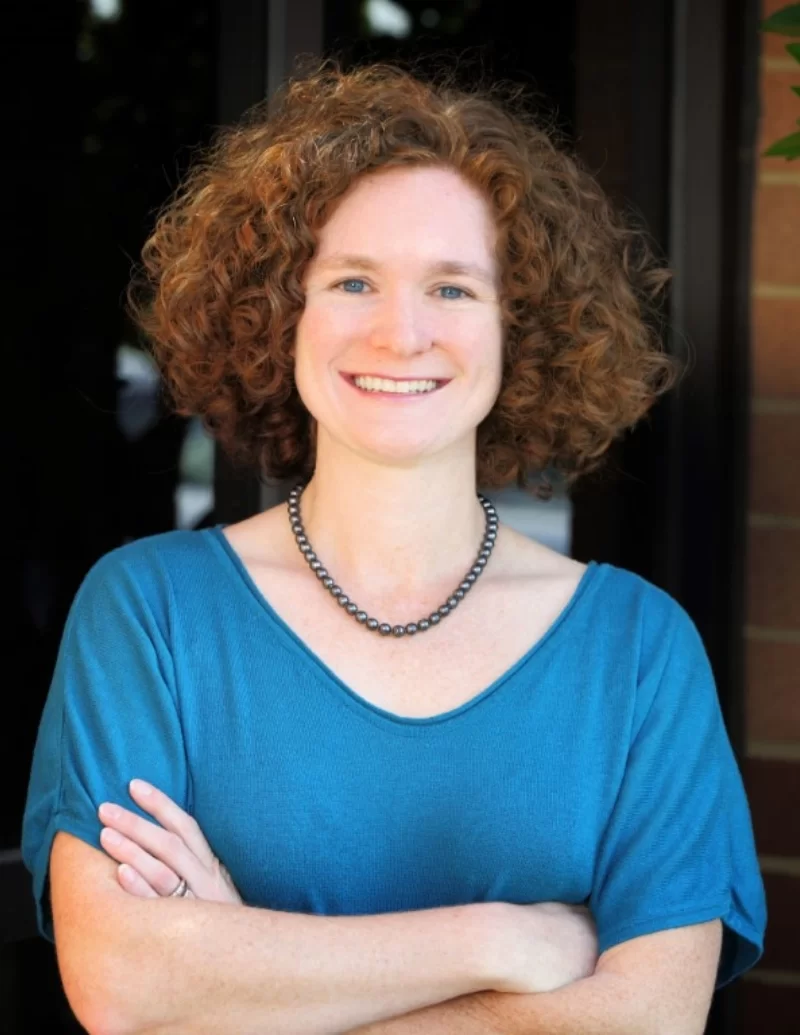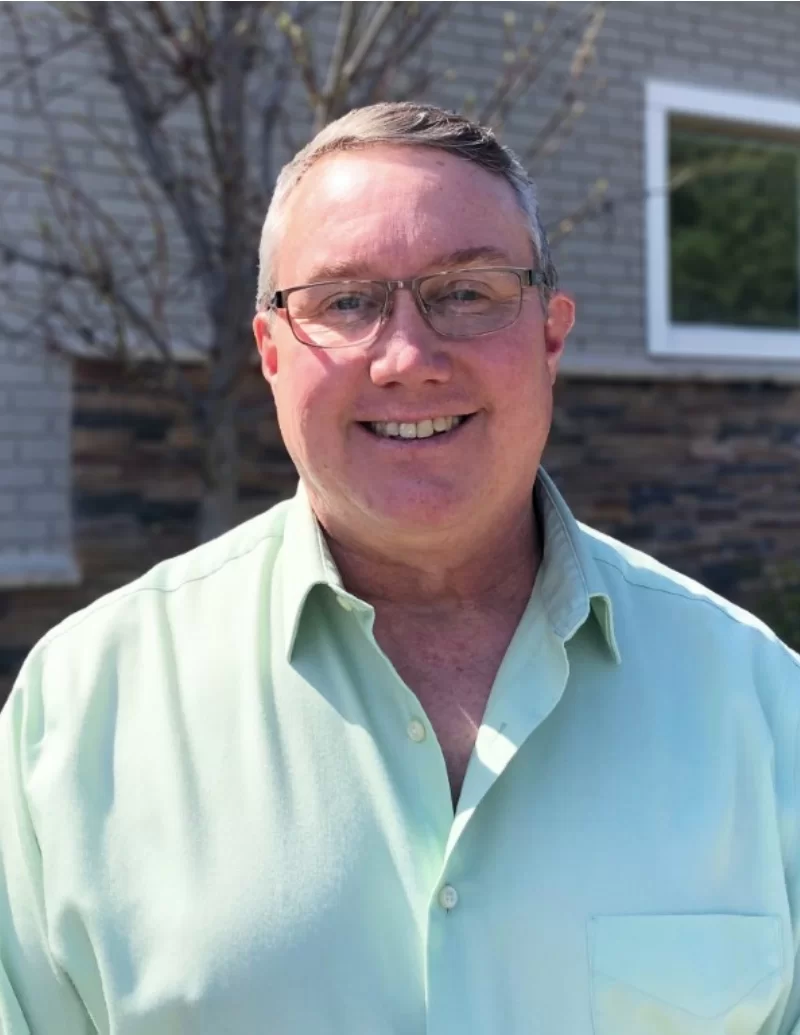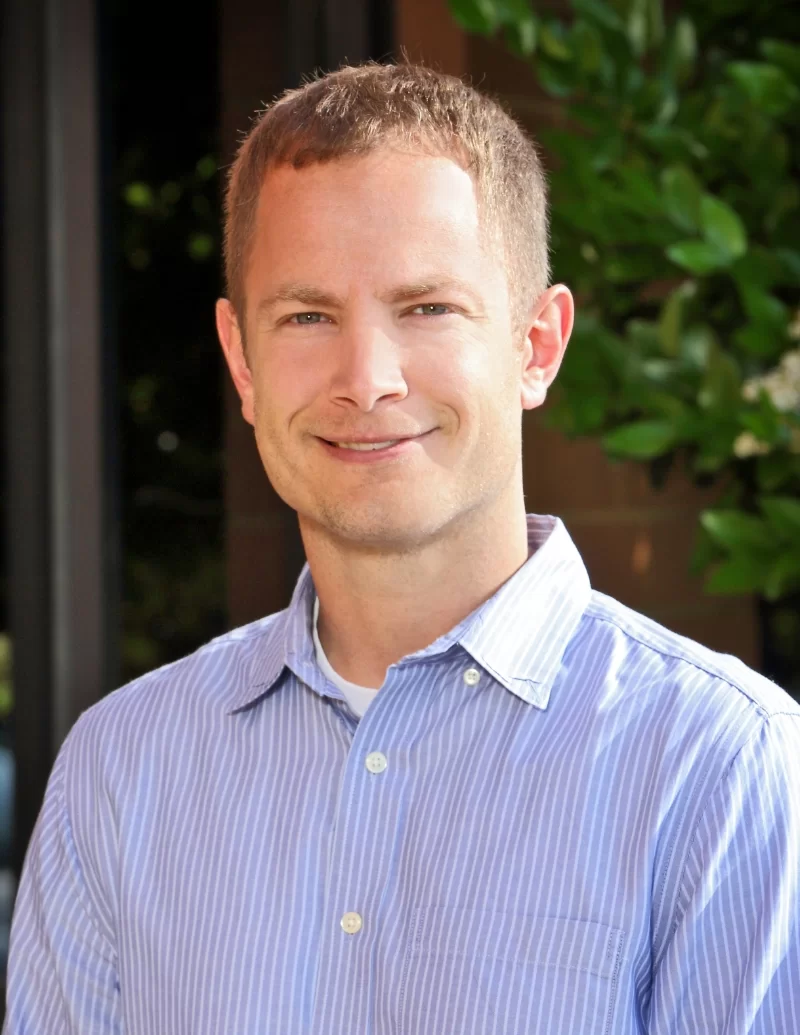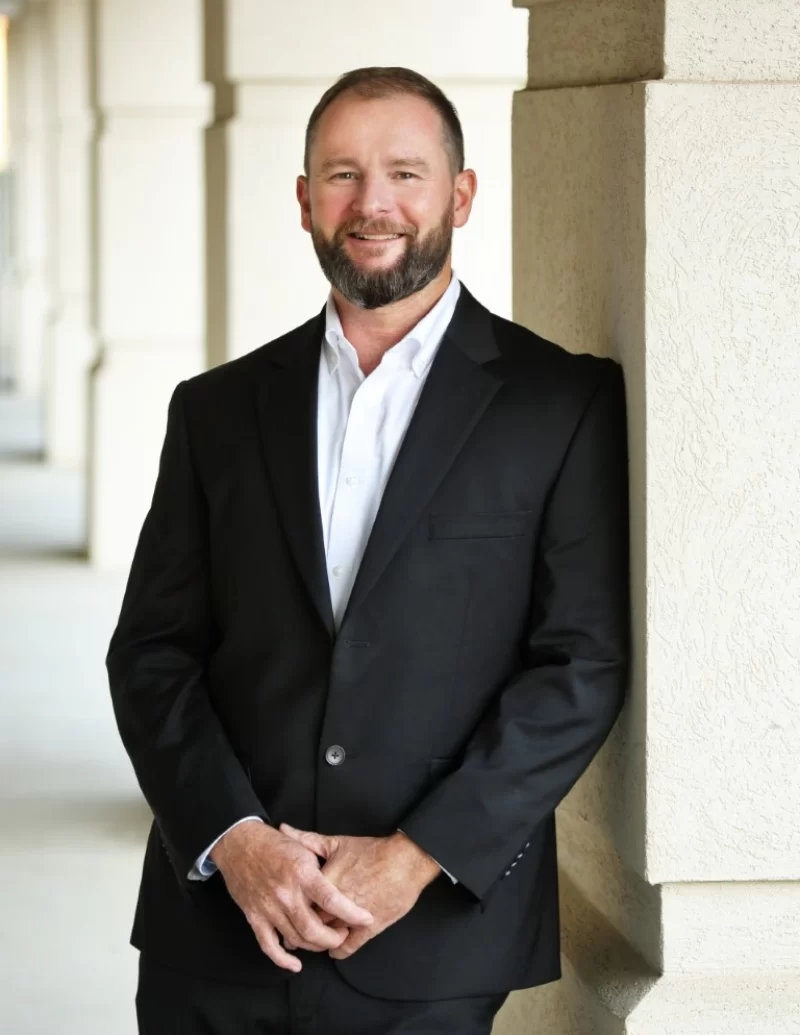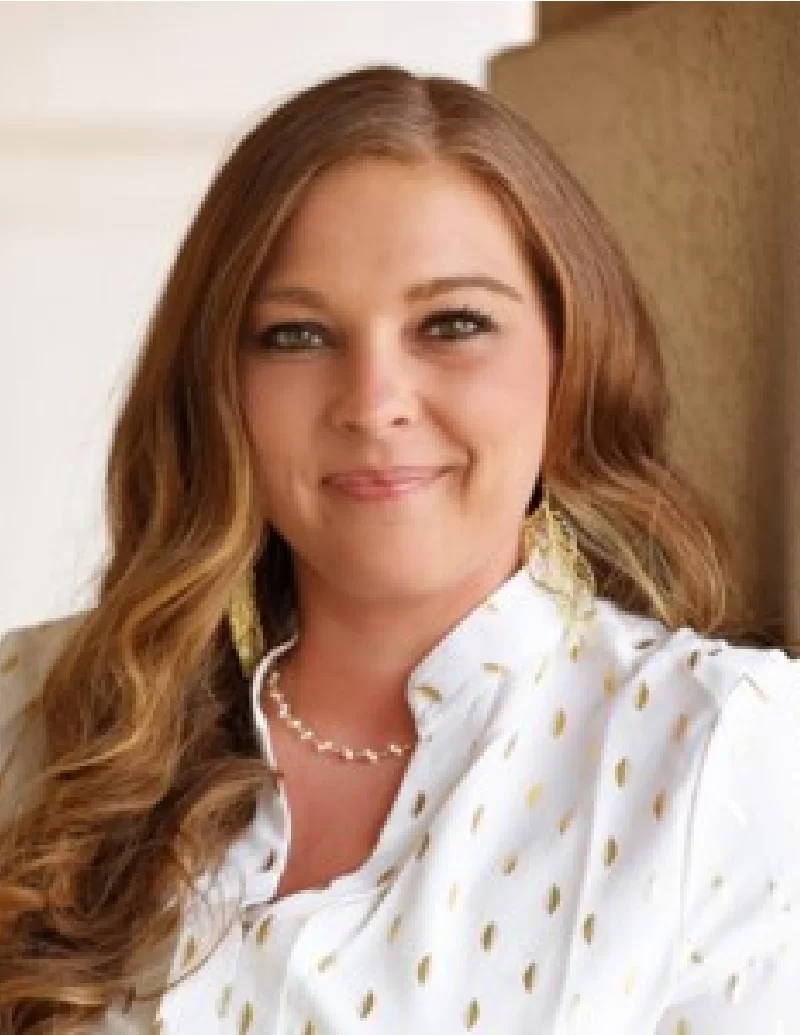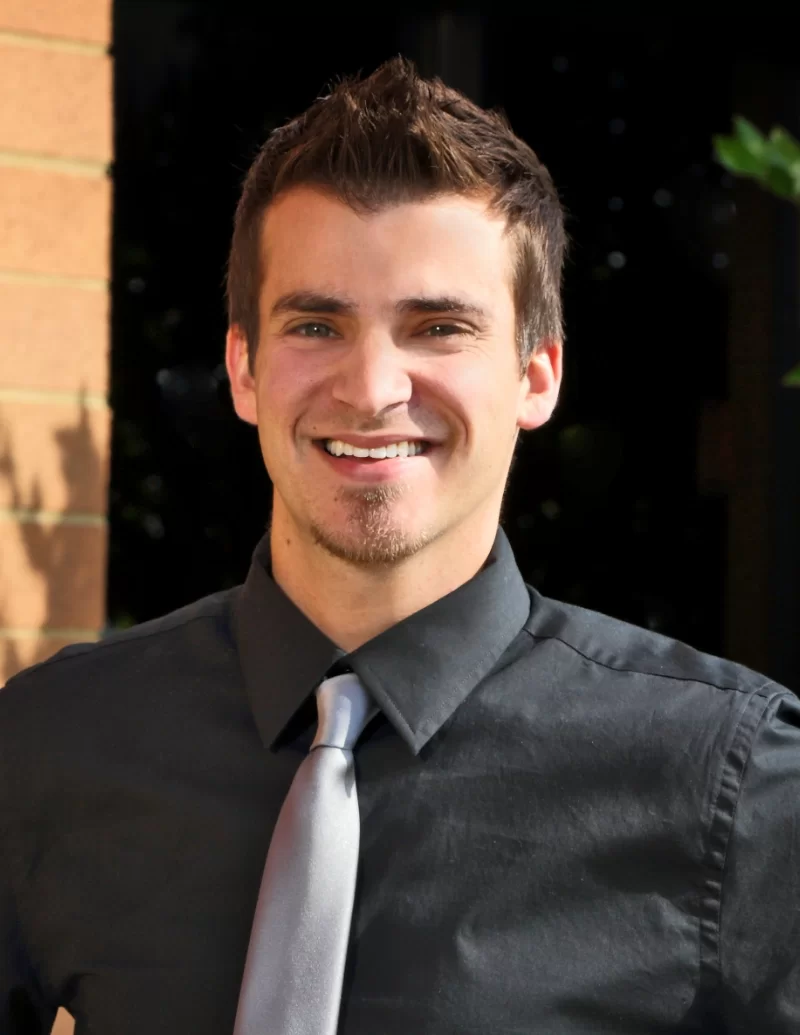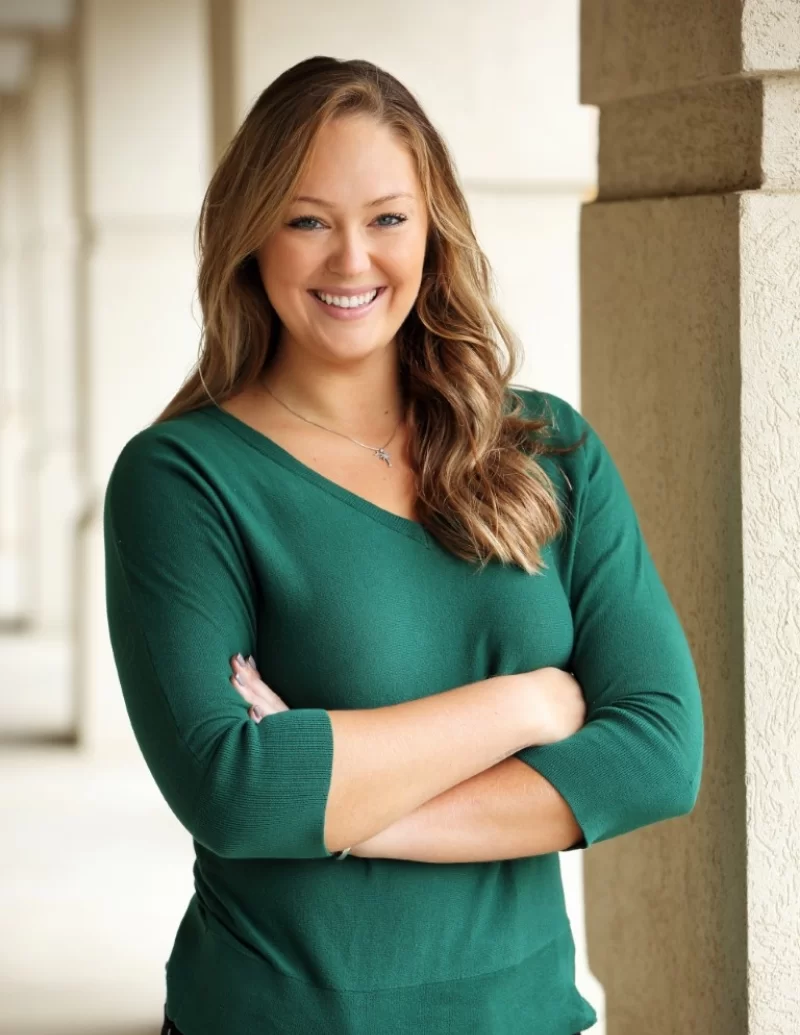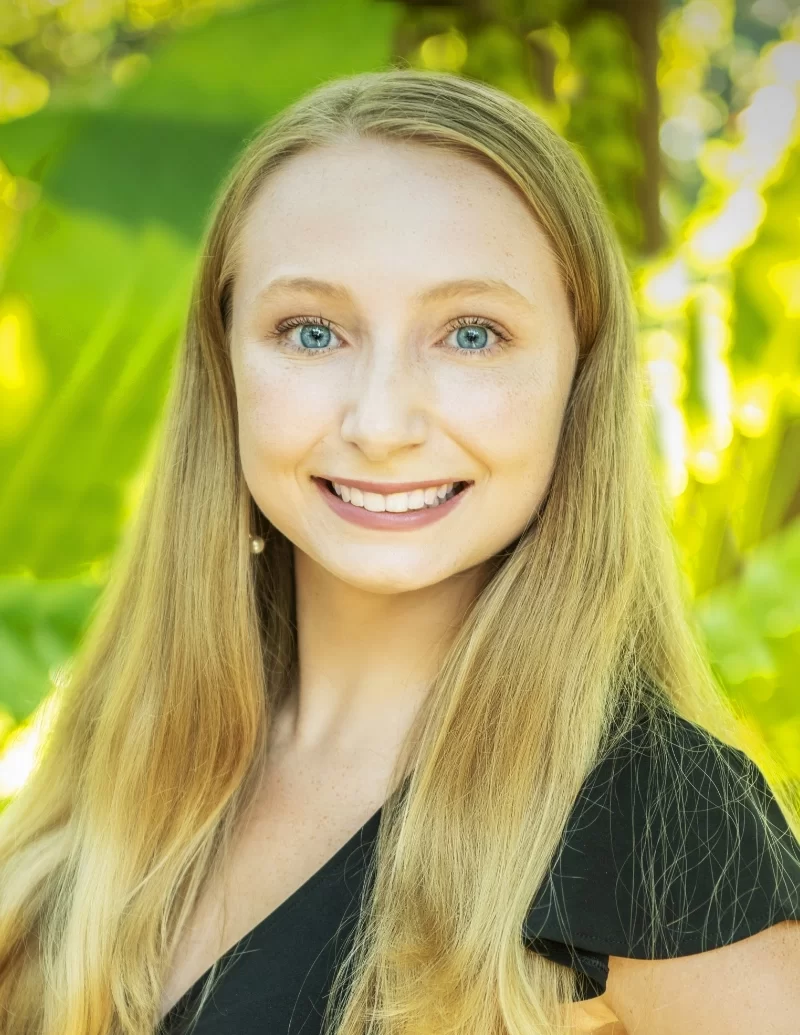Services
Industrial Hygiene Assessments
We conduct industrial hygiene assessments to ensure workplace safety by identifying and evaluating potential hazards. Our team performs both qualitative and quantitative assessments to measure exposure levels, implementing effective control measures. Through detailed analysis and actionable recommendations, we help clients mitigate risks, improve safety, and maintain a healthy working environment for employees.
Lock Out Tag Out Programs and Assessments
We ensure the safety of personnel during equipment maintenance through Lock Out Tag Out (LOTO) programs. Our team conducts thorough assessments to identify potential hazards and develops comprehensive LOTO procedures. We assist clients with the planning and implementation of effective control measures, minimizing risks and ensuring compliance with safety regulations for improved workplace safety.
Process Safety Management (PSM)
Process Safety Management (PSM) is essential for safe operations in facilities handling hazardous materials. HRP provides comprehensive PSM services, including hazard analysis, process safety information development, and employee training. We focus on proactive risk management and regulatory compliance, helping clients safeguard operations and protect personnel from potential hazards associated with hazardous processes.
On-site Compliance Management/Staffing
We offer on-site compliance management and staffing services to ensure regulatory adherence. Our experienced team oversees day-to-day operations, implementing compliance protocols with a focus on proactive monitoring and timely responses. We help clients maintain seamless regulatory compliance, ensuring safety, reducing risks, and supporting continuous improvement in workplace safety practices.

